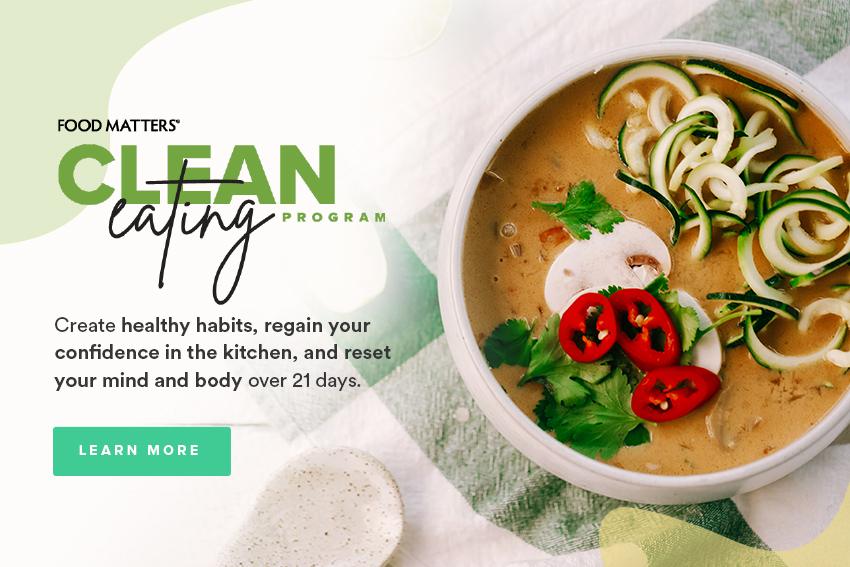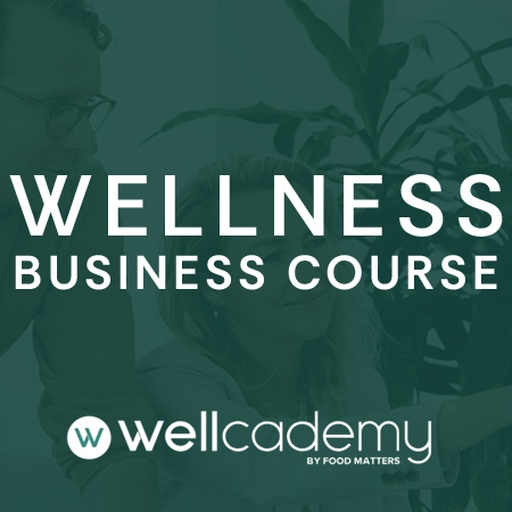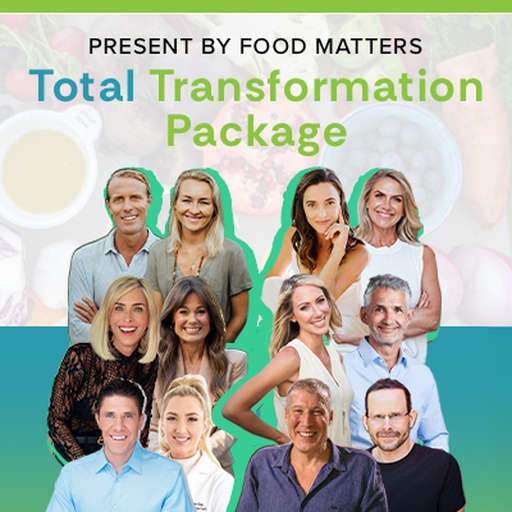30% Of What You Eat Is Thanks To This Tiny Insect!
"If the bee disappeared off the face of the earth, man would only have four years left to live." - Albert Einstein
 Our honey bees are dying. And collapse of the $30 billion honey bee economy in the US is looming. U.S. bee keepers lost a shocking 31% of their hives this winter, as they have for the past seven years in a row. Although the exact causes of Colony Collapse Disorder are not 100% certain, what is crystal clear is that we’re speeding towards the disastrous point at which we will not have enough bees to pollinate our crops.
Our honey bees are dying. And collapse of the $30 billion honey bee economy in the US is looming. U.S. bee keepers lost a shocking 31% of their hives this winter, as they have for the past seven years in a row. Although the exact causes of Colony Collapse Disorder are not 100% certain, what is crystal clear is that we’re speeding towards the disastrous point at which we will not have enough bees to pollinate our crops.
As a new report from the US Department of Agriculture (USDA) details, scientists are still struggling to pinpoint the cause of so-called Colony Collapse Disorder (CCD) and time is running out.
“Currently, the survivorship of honey bee colonies is too low for us to be confident in our ability to meet the pollination demands of U.S. agricultural crops,” the report states.
CCD (being dubbed beemageddon) has wiped out some 10 million bee hives worth $2 billion over the past six years. The death rate for colonies has hit 30% annually in recent years and there are now about 2.5 million honey bee colonies in the US, down from 6 million in 1947 and 3 million in 1990. That downward spiral leaves “virtually no cushion of bees for pollination,” the report’s authors write.
If that sounds scary, it is. Take almonds. California harvests more than 80% of the world’s almonds. But you can’t grow the nut without honey bees and it takes 60% of the US’s remaining colonies just to pollinate that one $4 billion cash crop.
If the death toll continues at the present rate, that means there will soon be barely enough bees to pollinate almonds, let alone avocadoes, blueberries, pears or plums. “We are one poor weather event or high winter bee loss away from a pollination disaster,” USDA scientist Jeff Pettis said in the report.
In recent years, agricultural pesticides have become a leading suspect in bee deaths. Attention has focused on a class of chemicals called neonicotinoids. Last month the European Commission imposed a two-year ban on neonicotinoids as global concern grows over the bee population crash, which has affected several European countries too.
But scientists increasingly believe several interacting factor - from disease-carrying parasites to poor nutrition to pesticides—are responsible for the mass die-off. For instance, the report says, studies have shown that exposure to even non-fatal levels of neonicotinoids may make bees more susceptible to disease.
And as agriculture becomes ever more industrial and natural habitats that formerly bordered farmland are destroyed, bees are being starved of the food they need to help produce food for humans. “Undernourished or malnourished bees appear to be more susceptible to pathogens, parasites, and other stressors, including toxins,” said the report.
Learn More About The Value Of Honeybees To Our Everyday Lives and Discover What You Can Do To Help Avert A Potential Disaster
Source: http://rodaleinstitute.org/learn/webinars/share-the-buzz/
Here are seven simple ways that you can help out our favorite pollinators.

1. Speak up!
Add your name to the petition urging the EPA and USDA to ban neonicotinoids, a widely used class of agricultural pesticides that is highly toxic to bees and believed to play a crucial role in colony collapse disorder. The EU has just enacted a ban on neonicotinoids and we must follow Europe’s lead as there is literally no time to waste.
Sign the petition here.
2. Let dandelions and clover grow in your yard.
Dandelions and clover are two of the bees’ favorite foods – they provide tons of nourishment and pollen for our pollinators to make honey and to feed their young. And these flowers could not be any easier to grow – all you have to do is not do anything.
3. Stop using commercial pesticides, herbicides and fertilizers.
These chemicals are harmful to bees. And they’re also harmful to you, your family, and our soil and water supply, too. Definitely not worth it
4. Eat honey from a local bee keeper.
This is a pretty sweet way to help the bees. Unlike big honey companies, local bee keepers tend to be much more concerned about the health of their bees than they are about their profits. And their products do not have to travel far to reach your kitchen, either. You can almost always find local honey at your farmers’ market and it may also be available at your local health food or grocery store. It may cost a little more than the commercial options, but it’s well worth it.
5. Plant bee-friendly flowers.
This not only helps the honey bees, it will also make your yard more beautiful and can also provide you with a bunch of great culinary herbs. In addition to the dandelions and clover I mentioned above, bees love many other flowers, including: bee balm, borage, asters, lavender, thyme, mint, rosemary, honey suckle, poppies, sunflowers, marigolds, salvia, butterfly bush, clematis, echinacea (see the bee partaking of some coneflower goodness below) blackberries, raspberries, strawberries, fennel, yellow hyssop, milkweed, goldenrod, and many more.
You can also just buy one of those pre-mixed packets of wildflowers with good results. And, if you’re ever in doubt, choose native plants as they will be best suited to the climate you live in and can help support the bees throughout the season.
6. Buy organic.
Organic food and fibers like cotton and hemp are produced without the use of commercial pesticides, fertilizers and herbicides, making them inherently more bee-friendly than conventionally grown products.
7. Share this post.
Tell your friends, family, neighbors and co-workers and help to create greater awareness for our precious honey bees.
Take the stress out of cooking with 21-days of guided meal plans, shopping lists, and nutrition support. You’ll find all of this, and more, in our signature Clean Eating Program.









